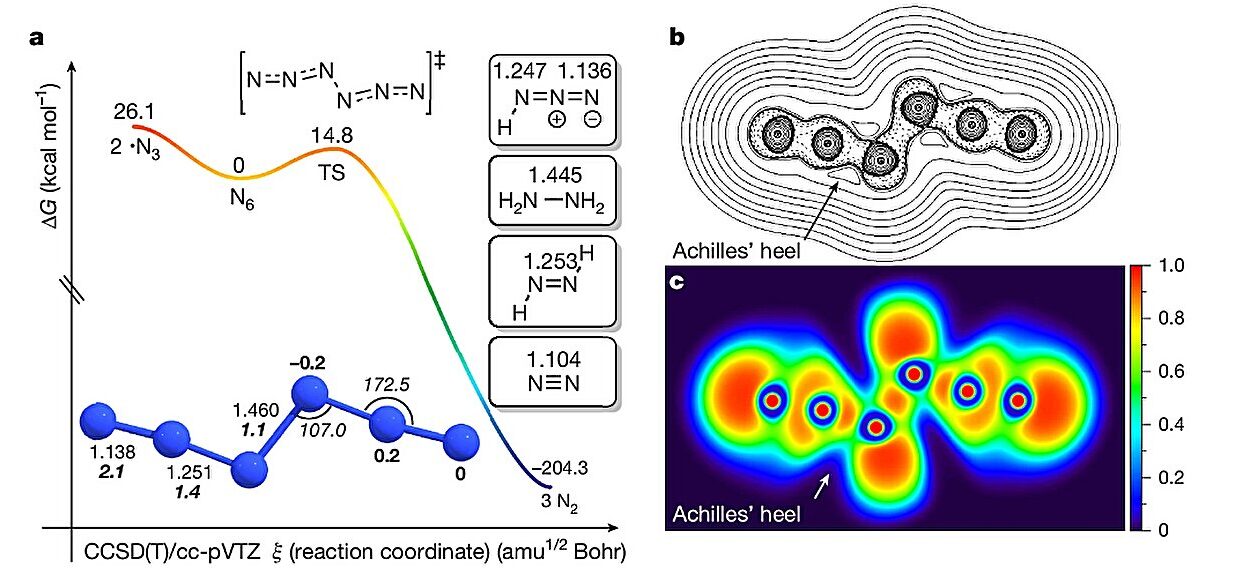Going to the dentist isn’t most people’s idea of fun. And if you’ve ever experienced that moment when the dentist starts prodding around your gums with a sharp metal tool, you know exactly how uncomfortable it can be. That poking method—called periodontal probing—is a standard practice for detecting gum disease, but it’s invasive, uncomfortable, and far from precise when it comes to catching early signs. Now, researchers are reimagining this experience entirely.
Imagine your dentist using what looks like a toothbrush—not a scary metal pick—to check for gum disease, and instead of jabbing into your gums, it simply sends sound waves to map your dental health. It may sound like science fiction, but it’s already here in early development. A team of scientists led by Jesse Jokerst has unveiled a toothbrush-shaped ultrasound transducer, and in early tests, it’s proving to be as accurate as traditional probing while being far less invasive.
Why Gum Disease Is More Serious Than You Think
Before diving into the new technology, it’s important to understand the stakes. Gum disease, or periodontal disease, is a major oral health issue that affects nearly half of adults over 30 and over 70% of adults over 65. It starts off quietly as gingivitis—swollen, red gums that might bleed when you brush—but can escalate quickly if ignored.
As the disease progresses, the gums begin to recede and pull away from the teeth, forming periodontal pockets. These pockets become breeding grounds for harmful bacteria that can lead to bone loss, loose teeth, and eventually tooth loss. More than just a dental nuisance, gum disease has also been linked to systemic health issues such as heart disease, diabetes, respiratory infections, and even Alzheimer’s disease. That’s why early detection and consistent monitoring are so vital.
The Flaws of Manual Probing
The standard approach for checking gum health is surprisingly archaic. Manual periodontal probing involves a thin metal rod with millimeter markings that the dentist inserts into the space between your tooth and gum. The depth of these pockets indicates the severity of gum disease. A healthy pocket is typically 1 to 3 millimeters deep. Any deeper, and it’s a red flag.
But there are big problems with this method. For starters, it’s uncomfortable. No one likes a metal stick poking into tender gum tissue. Worse still, it’s not very accurate. The results can vary depending on the pressure applied, the dentist’s experience, and even the angle of insertion. It’s also difficult to use effectively in hard-to-reach areas, like the back molars. This is where a better solution was desperately needed.
Enter the Ultrasound Toothbrush: Small, Smart, and Precise
Ultrasound technology is already well-established in medical diagnostics. It’s used to view everything from developing babies to diseased organs. These systems work by sending high-frequency sound waves into the body. When those waves hit a boundary—like between soft gum tissue and hard enamel—they bounce back. A transducer then picks up the echoes and converts them into images.
But traditional ultrasound transducers have bulky heads—often about the size of a wireless earbuds case. Great for scanning the abdomen or the heart, but far too big for use in the tight confines of the human mouth. Smaller versions do exist, but they generally produce lower-frequency sound waves, which means less detailed images—not ideal for picking up subtle changes in gum tissue or spotting early signs of disease.
That’s what makes the new toothbrush-shaped ultrasound device so exciting. Jokerst’s team engineered it to operate at higher frequencies than current miniaturized versions, making it small enough to navigate the mouth while still providing high-resolution imaging of teeth and gums. It’s shaped like a toothbrush for easy maneuvering, and early evidence suggests it could be a game-changer in dental diagnostics.
Putting the Device to the Test
To see if their invention could hold up against traditional tools, the researchers conducted proof-of-concept experiments on pig jaws—commonly used in dental research due to their similarity to human anatomy. They used the ultrasound transducer to measure gum thickness and gum height, two critical indicators of periodontal health.
Next, they used the classic metal periodontal probe to perform the same measurements. The results were then statistically analyzed to compare the two methods. The verdict? The ultrasound device produced measurements that were nearly identical to those taken by the manual probe, with no significant statistical differences. That’s a major achievement.
What this means is that the new device can potentially replace the old probing method—offering a far more comfortable, accurate, and comprehensive evaluation of gum health.
More Than Just Comfort: Why This Matters
It’s easy to write this off as just a more comfortable alternative to something unpleasant, but the implications go far deeper. A tool like this could change the frequency and accuracy of gum disease detection. Dentists could use it during routine checkups to monitor patients more precisely and catch problems before they become serious.
Even more importantly, Jokerst’s team believes this technology could help dentists visualize below the gumline in greater detail than ever before. This could enable earlier diagnosis of bone loss, infections, and other hidden issues. It could also be used to monitor the effectiveness of treatments, making it easier to see whether a prescribed regimen—like deep cleaning or antibiotic therapy—is actually working.
And because the device is designed to be intuitive and ergonomic, it opens the door to wider adoption, not just in high-end dental practices but potentially in community clinics and even telemedicine settings.
What Comes Next?
Jokerst and his team are already planning clinical trials involving human patients. The goal is to validate the tool’s effectiveness in real-world dental offices and ensure it meets the high standards required for regulatory approval. If successful, the device could be available for dentists to use in the not-so-distant future.
Looking further ahead, the researchers envision a future where this ultrasound toothbrush isn’t just a diagnostic tool, but could be integrated into daily oral hygiene. Imagine brushing your teeth with a smart toothbrush that doesn’t just clean your mouth but scans your gums and sends real-time updates to your dentist if something seems off. It’s a vision of personalized, proactive dental care that could dramatically reduce the prevalence and severity of gum disease.
A Smile Toward the Future
Dentistry, like many branches of medicine, has often lagged behind in adopting cutting-edge technology. But this breakthrough toothbrush-shaped ultrasound device offers a tantalizing glimpse into what the future of oral healthcare could look like—noninvasive, intelligent, and deeply patient-friendly.
It’s rare that a single tool could have such wide-reaching implications—not just in terms of patient comfort, but in improving accuracy, boosting early detection, and potentially saving people from irreversible tooth and bone loss. And with growing evidence linking gum disease to major systemic illnesses, the ripple effects of this innovation could touch not just our mouths, but our hearts and brains as well.
So, the next time you think about a dental visit, picture a sleek, quiet device that scans your mouth painlessly, delivers precise insights, and helps ensure you keep your smile healthy for a lifetime. Thanks to researchers like Jokerst and his team, that vision is no longer just a dream—it’s becoming a reality.
Reference: Suhel Khan et al, Performance Evaluation of a Miniaturized, Toothbrush-Shaped Ultrasound Transducer for Periodontal Imaging, ACS Sensors (2025). DOI: 10.1021/acssensors.5c00521






